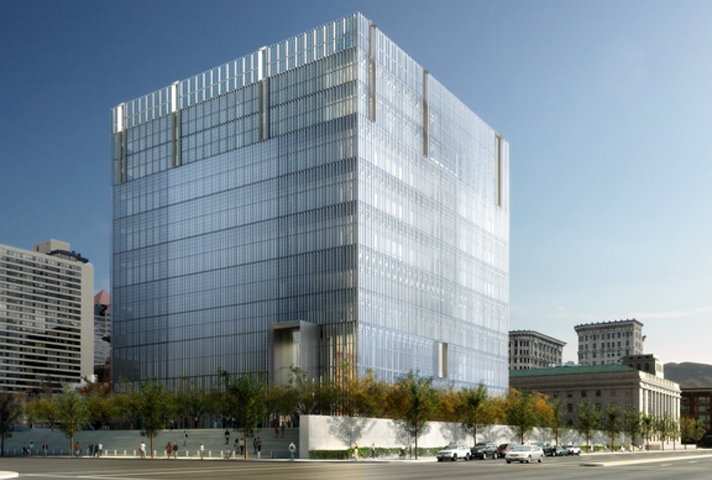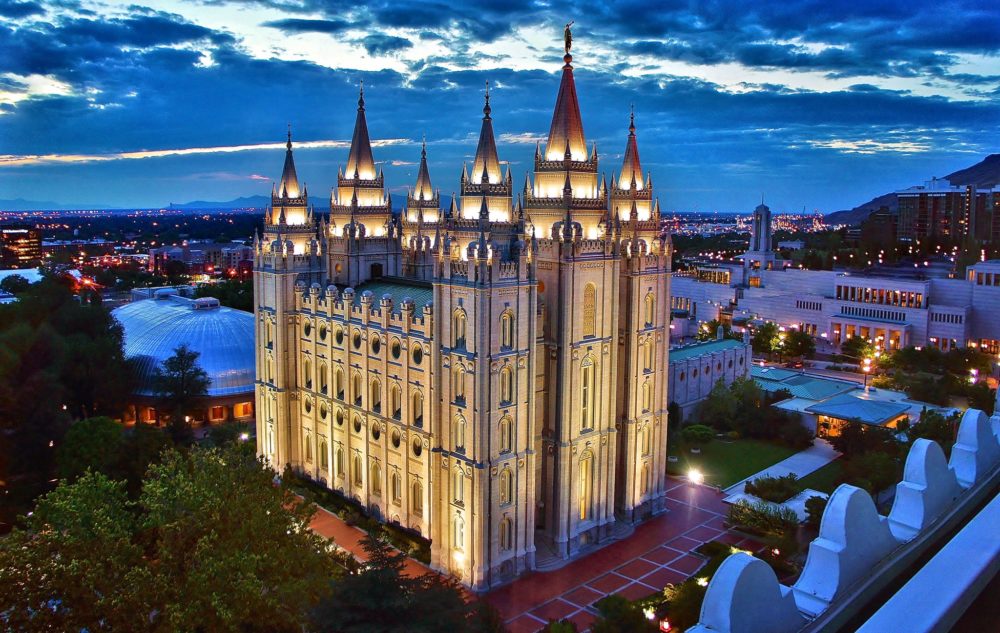Make Federal Architecture Great Again
February 7, 2020
The second best news out of Washington this week is that the Trump administration is crafting an executive order to rewrite the General Services Administration’s architectural and design guidelines for federal buildings. The proposed rule, “Making Federal Buildings Beautiful Again,” would finally drain the Swamp of its embarrassing fetish for eyesores.
As the draft rule says,
“For more than a century and a half America’s Federal architecture produced beautiful and beloved buildings. Typically, though not exclusively, classical in design, buildings such as the White House, the Capitol Building, the Supreme Court, the Eisenhower Executive Office Building, the Treasury Department, and the Lincoln Memorial have become international symbols of democratic self-government.”
The longstanding, wildly popular project of affirming and projecting America’s constitutional values in our federal buildings began to change in the 1950s and 1960s, when Washington’s political class began deferring to the anti-classical modernists then taking over the the architecture industry.
In 1962, the Kennedy administration established new federal guidelines, including the infamous sentence: “Design must flow from the architectural profession to the Government, and not vice versa.” We didn’t know it then, but this is when Washington surrendered its triumphant architectural heritage to ugly, elitist dysfunction.
As Winston Churchill put it, “We shape our buildings; thereafter they shape us.”
Is it any wonder that Americans’ confidence in government has collapsed – and the government itself has grown hopelessly dysfunctional – in the decades since Washington abandoned classical design principles in favor of elite modernist fads and the ugly buildings they produce? (Or that this occurred in tandem with Washington’s abandonment of constitutional restrictions on its power?)
Consider the headquarters of two cabinet agencies. On the left, the Treasury Department, completed in 1842. On the right, the Department of Health and Human Services, built in the 1970s.

Now, set aside politics and policy. (I have plenty of things I like and dislike about both agencies.) But strictly as a matter of aesthetics, which building seems to communicate justice, accountability, and opportunity? And which looks like a set from the Hunger Games?
Or consider the two sides of our federal justice system. On the left, the Supreme Court, built in 1935 (before then, the court met in the Capitol building across the street). On the right, the Federal Bureau of Investigation.

One communicates the majesty of the law, and the unquestioned right of all Americans to equal justice under it. The other looks like the headquarters of dystopian Ministry of Fear.
Nor has the cancer of architectural dysfunction been confined to the nation’s capital. Go to any city in America, and you’re bound to find a similar dichotomy. Old federal buildings are lovely, humane, grand but welcoming, pleasing to the eye and also to the heart. They are sources of local pride. New federal buildings are weird, showy, suspicious, and, most of all, ugly. They are sources of local derision.
Take Salt Lake City.
Below on the left, is our beloved Frank E. Moss U.S. Courthouse, originally built in 1905, and enlarged – consistent with the original design – in 1912 and 1932. It is a slightly simpler take on classical design: true both to America’s founding principles and Utah’s unostentatious culture. Back home, we love it.
On the right is the U.S. Courthouse for the Utah District, opened in 2014. As you can see, it looks like a giant air conditioning unit. As the building neared completion, many Utahns believed (hoped!) the jarring, vaguely threatening glass Rubik’s Cube was just the frame, sure to be beautified and adorned before being loosed upon our community. No such luck.

Mind you, these buildings are right next to each other. See below, the new courthouse looks like a villain’s space ship come to assimilate the human-scale courthouse next door. This is not an image of architectural diversity, of creative blending eras and materials and styles. No, it’s: ”Resistance is futile!”

There is nothing wrong with artistic experimentation and growth. Stylistic diversity, drawn from regional and cultural reinterpretations of classical designs should be an exciting prospect for traditionalists and innovators alike. And indeed, the proposed rule currently making its way through the White House process celebrates that fact.
The draft executive order specifically commends “historic humanistic styles as the Gothic style, the Romanesque style” – the two styles that most influenced the design of the Salt Lake Temple (below), the most beautiful building in the American west. The draft also favorably notes “the Spanish colonial and other Mediterranean styles generally found in Florida and the American southwest.”

The key word in that guideline is “humanistic.” Classically designed public buildings serve the surrounding community, and affirm our shared civic values. The Brutalist and Deconstructivist styles that inspired the menacing failures above – and that “Making Federal Buildings Beautiful Again” would finally dump – do no such thing. They do not serve their communities or reflect their values. They serve only architects’ ego, spurred by an adolescent desire to shock and discomfit and to impose their values on the taxpayers who, after all, pay for all this garbage and live with it blighting their cities.
According to news reports about the proposed rule, these architectural elites are furious. Fine. That’s a sure sign the administration is on the right track. Most Americans may not have gone to prestigious design schools or worked at the hippest firms. On the other hand, we know ugly when we see it.
The architectural elite has had decades to impress the American people with their faddish theories. And they have failed. Their buildings range from tedious to hideous. Left to their own devices, they cannot be trusted to design lovely and lovable federal buildings that honor our values and our communities. They had their chance; they abused the privilege. It’s time for a new generation of federal buildings, and a new generation of classical architects to design them.
If the president approves “Make Federal Buildings Beautiful Again,” design would once again flow not from the architectural profession to the government, but from the people to the architectural profession.
As it should